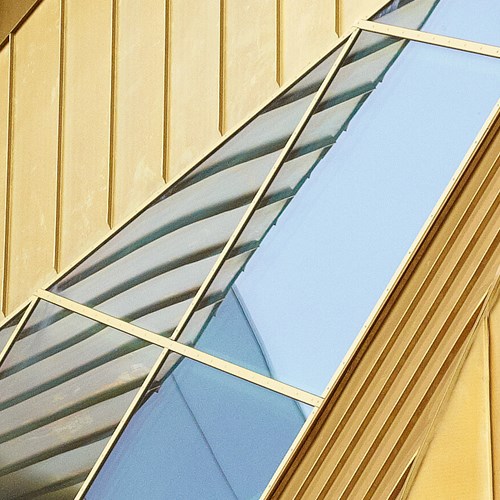
To view the content, please enable marketing cookies by clicking on the button below.
Cookie settings

Anodising is the strongest surface finish available for aluminium profiles. This is an electrolytic process that builds up the surface oxide layer. This layer strengthens the surface and makes it resistant to mechanical wear, UV light and harsh environments. Anodising gives lasting colour and sheen, with an oxide layer that is 20 microns thick for outdoor use. (Layer thickness class AA20).
The most common form of anodising is natural anodising.
The process normally has four stages:
Anodising
Once the metal surface has been given the necessary mechanical or chemical treatment, and has been thoroughly cleaned, it is ready for the electrolytic process. A DC supply is connected to the profile, which forms the anode (hence anodising). An electrolytic cell is formed. The electrolyte generally consists of dilute sulphuric acid at room temperature. The oxide layer that is formed contains a large a number of pores with diameters ranging between 0.02 and 0.1 microns. To create a protective surface layer these pores have to be sealed. Sealing is achieved by treatment in deionised water at a temperature of 95–100oC. This converts the aluminium oxide to hydroxide, which expands and seals the pores. The oxide layer that is formed by natural anodising is transparent. The natural anodised profile is supplied as standard with a matt finish.
Colouring
Natural anodised but unsealed aluminium is coloured with organic or inorganic dyes. The oxide layer is sealed after colouring.
Electrolytically coloured Hx
Like the basic colouring process, colouring takes place in a separate stage, after anodising. Alternating current is used to deposit the pigment, which consists of a tin salt, at the bottom of the pores. The colour scale extends from sepia to black. Colours with the designations Hx-5 to Hx-50, have excellent colour-fastness.
Quality assurance
Aluminium profiles that are given a natural anodised or Hx finish are treated in accordance with SS-EN ISO 7599:2018. This standard defines the durability of the finish with regard to sealing, abrasion, corrosion, sheen and fading. The standard also specifies requirements for inspection and the test methods that must be used.
The printed patterns/colours may not be reproduced accurately here. Please contact Architect Support for samples.
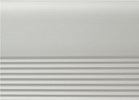
Clear anodising Na- 20 my
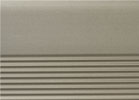
Sepia Hx-5
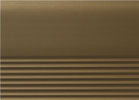
Champagne Hx-10

Light Amber Hx-20

Amber Hx-30

Dark Amber HX-40
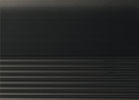
Black Hx-50
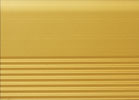
Gold GD-30-U
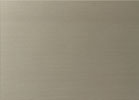
Stainless look
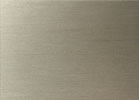
Brushed look